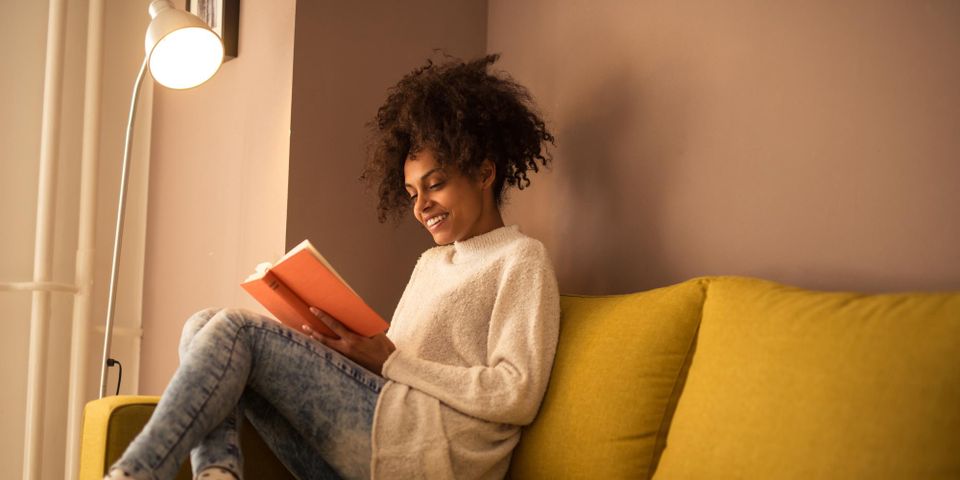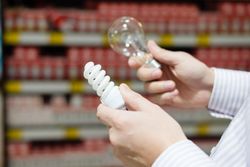
Many homeowners blame sunlight through windows and poor insulation for why rooms are consistently too warm. However, the problem could also be attributed to how interiors are lit. That’s because some lighting solutions release more heat than others. Read below to learn which types of lighting produce the most heat and possible solutions.
Do Incandescent Bulbs Give Off Heat?
When sitting near a lamp or overhead light illuminated with an incandescent bulb, you’ll feel the heat radiating from the fixture. The bulb heats up so quickly after being turned on that touching it moments later could lead to a burn. That’s because the tungsten wires convert 90% of the electricity to heat, while the remainder goes to producing light.
The operating temperature for compact fluorescent bulbs is lower than with incandescent versions, with 40% of the electricity going to light. The electric current passes through a tube filled with argon gas and traces of mercury vapor. This creates invisible ultraviolet light. The phosphor coating inside the tube is what makes the light visible.
Why Should You Switch to LED Lights?
 To reduce the heat buildup that comes from using incandescent and fluorescent bulbs, switch to LED lighting. Red, blue, and green light-emitting diodes— only the size of small particles— are used to produce visible white light with the assistance of a semiconductor. The bulbs use 75% less energy than incandescent versions and produce little heat.
To reduce the heat buildup that comes from using incandescent and fluorescent bulbs, switch to LED lighting. Red, blue, and green light-emitting diodes— only the size of small particles— are used to produce visible white light with the assistance of a semiconductor. The bulbs use 75% less energy than incandescent versions and produce little heat.
To improve your home’s efficiency and comfort with new lighting solutions, head to A & R Home Center in Washington, IN. The center carries a wide variety of merchandise for home remodeling projects. In addition to household electrical goods, the home improvement store carries power tools, paints, plumbing supplies, and HVAC equipment. Learn more about the products online or call (812) 254-7018 to ask questions. Find helpful information for DIYers on Facebook.
About the Business
(3 reviews)
Have a question? Ask the experts!
Send your question

